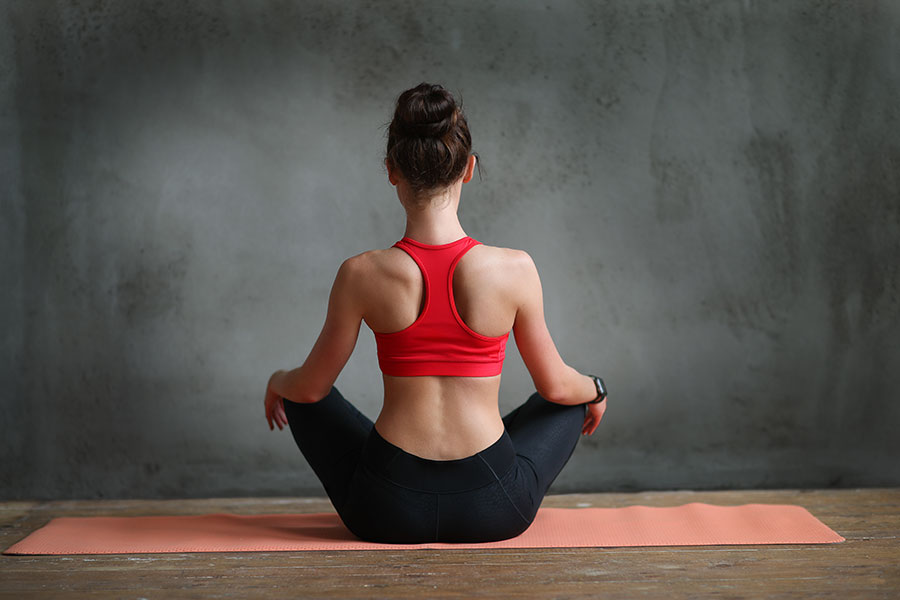Straight talk on bad balance
Changing your posture may change your life.
Story: Rita Rivera
We don’t often think about our spine, our posture and the health of our back until there’s a problem. Seemingly, out of nowhere, we have chronic discomfort or chronic pain that gets in the way of engaging in our lives fully. Or, we have suffered an injury that forces our attention to how we sit, stand and move throughout the day—and, after injury, trauma or surgery, we have no choice but to pay attention to our posture.
Our spine encases the spinal cord and protects and supports the superhighways of information between the brain and the body. We are built for movement. Learning good habits of moving will keep our back, spine and whole body healthy and pain-free.
Awareness is the key to a healthy spine and life. Our spine is a vital part of our body and if it’s blocked, there are compensations and consequences.
It’s very obvious when someone has poor posture. If you just look around and observe others, you can see imbalances.
Parents will see this in their teenage children and even at younger ages. Kids in school can be seen hunched over their desks engaged in assignments, and adults who work in front of computers for several hours each day are no exception.
A recent trend spoken about in the medical world is Tech Neck. Yes, our cellphones! When viewing our phones, the head is pulled down and forward, compromising our neck and back. Neck muscles become strained by the distortion of weight when holding this position for long periods. Then it’s only a matter of time before chronic discomfort and pain come calling.
Some dynamics that directly impact our posture:
- Emotions
- Trauma
- Surgery
- Repetitive actions
- Professional demands
- Aging
Our emotions are overlooked in how much they impact posture. Think of someone who is depressed; do they stand tall with an open chest? No, depression, low self-esteem and negative thinking have a tendency to pull the chest down.
Trauma, surgery and accidents will affect the health of the body’s connective tissue and fascial system, impacting joints, tendons and ligaments.
Repetitive actions and professional demands set up patterns that often are accompanied by stress, setting the stage for chronic issues. Even a sedentary lifestyle, the opposite of repetitive demands, will negatively impact the health of our back and spine.
Aging is another culprit that easily can catch us off guard. In regard to aging and posture, gravity and being unconscious are not our friends. But we can make friends with gravity by learning and practicing tools of balanced posture.
Many people as they age begin to compress the spine and get shorter, and they will find some stage of Dowager’s. Dowager’s hump is a condition of the spine that generally begins with slouching, and without making corrections, the hump continues to develop over time.
Without interjecting awareness, over time we develop patterns. These patterns set up a trajectory of how our body performs and how we will age.
Keep in mind, it’s not that some people are blessed with good posture and others are not. Outside of genetic factors, the magic to posture health is in building awareness. As you begin to gain awareness, and sense a balanced body, you will find more ease and freedom in all your daily activities—whether at work or at play.
“Change your posture, change your life” is an invitation to join me in the Your Brilliant Back 28-day posture challenge. Visit yourbrilliantback.com and use the coupon “ybb20” for a 20 percent discount on the program.
About the writer → Rita Rivera is a posture coach, teacher of the Alexander Technique and creator of the Your Brilliant Back 28-Day posture challenge. Visit ritarivera.com.

